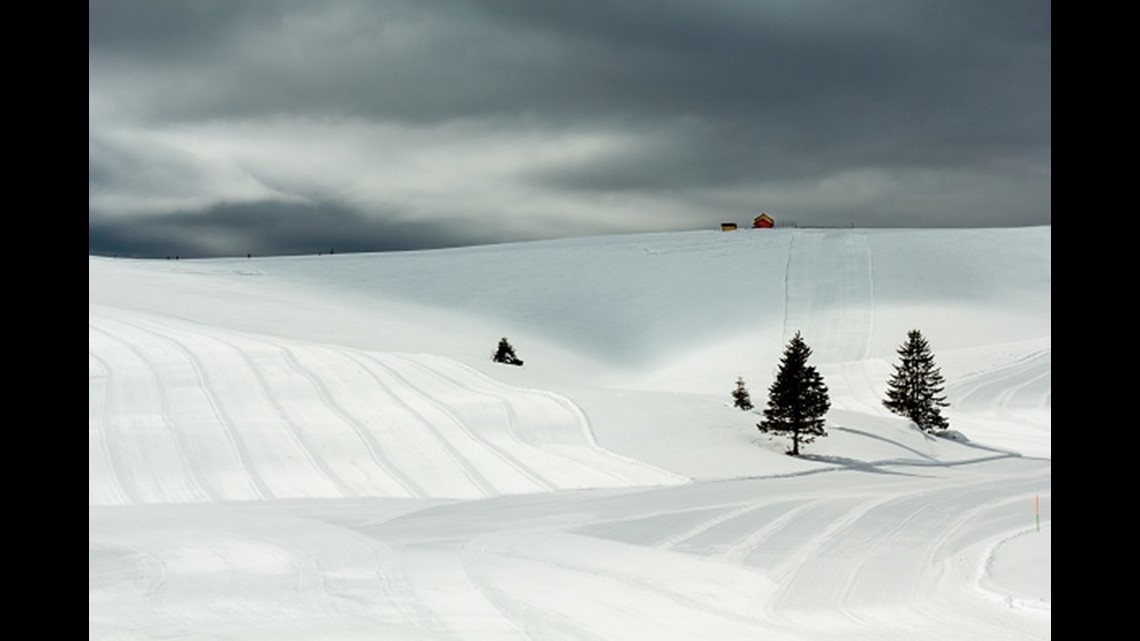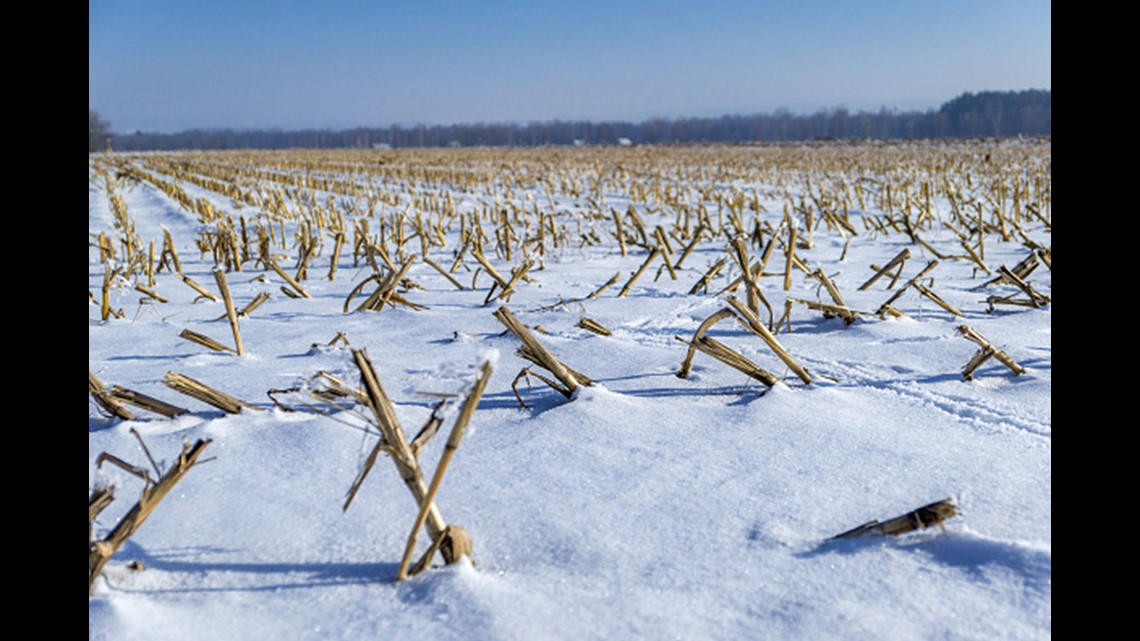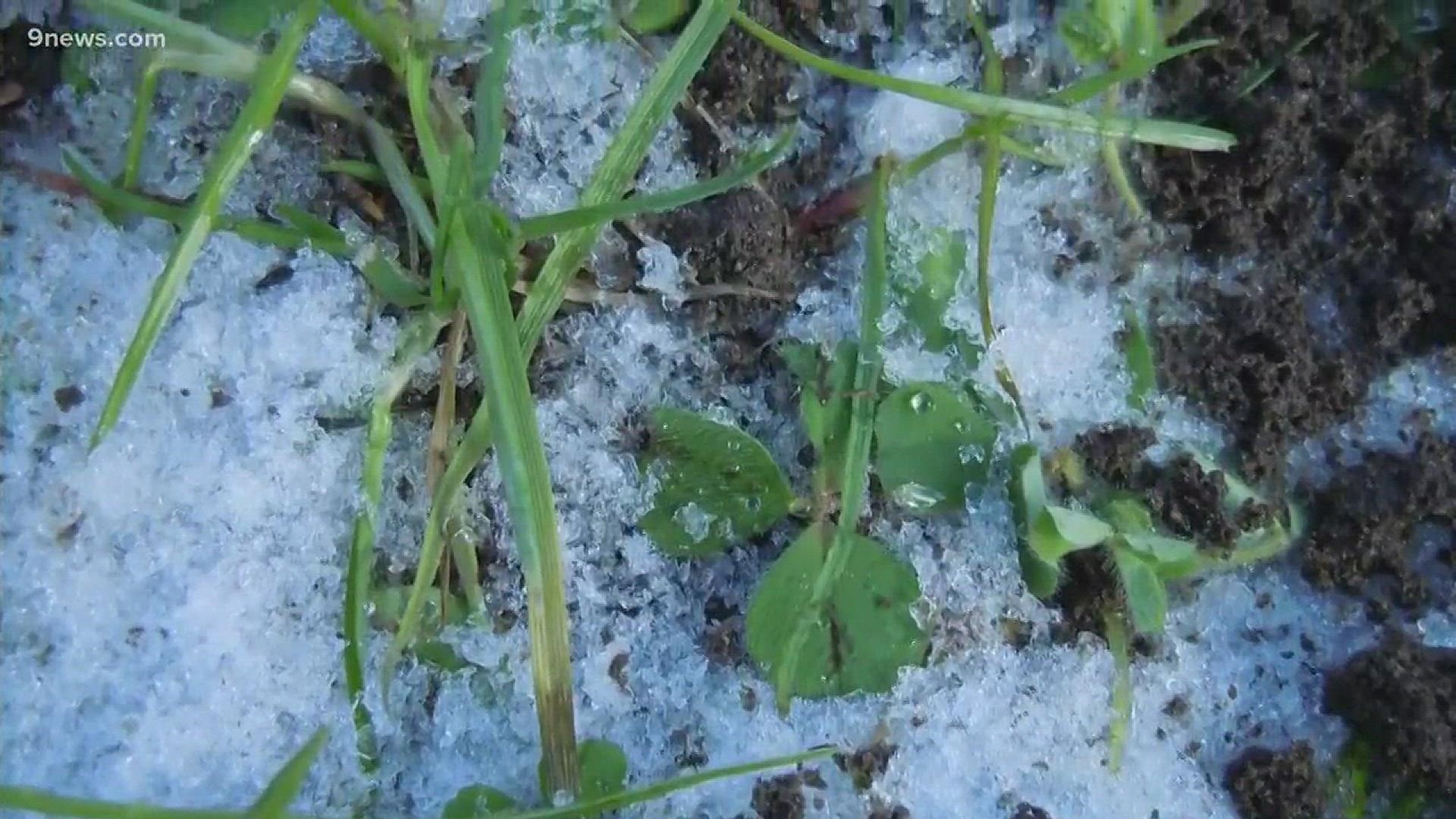Farmers grow crops or leave dying vegetation in their fields over the winter. A new study from the National Center for Atmospheric Research (NCAR) in Boulder, Colorado, shows they may be causing unintended climate warming.
"When they stick out above the snow, they can warm winter temperatures," Danica Lombardozzi, a plant ecophysiologist with NCAR, said.
Lombardozzi headed this new study that showed warming caused by crop cover absorbing high amounts of sunlight. She used computer modeling to find that fields with crop cover showed significantly warmer winter temperatures than fields with no cover or just short stubble.
“On average, that increased air temperature by 5.5 degrees Fahrenheit or 3 degrees Celsius. A significant temperature rise,” Lombardozzi said.


Plants like buckwheat or clover, are often planted with no intention of harvesting a crop. They are just planted as a cover crop that has many soil benefits like preventing erosion, storing carbon, and providing nutrients for the cash crop to use in the spring.
Lombardozzi found the most significant warming with tall leafy plants about 20 inches in height, and in the Midwest United States where snowpack is most variable.
“We can best mitigate the impact of cover crops on climate change if we can mow the cover crops or have them grazed so that they don’t stick up above the snow,” Lombardozzi said.
Sometimes the winter crops are meant for harvest like winter wheat. This is planted in the fall and only grows to a short height before entering a dormant stage over the winter. The wheat then begins to grow again in early spring.
Lombardozzi's study also showed these type of crops cause some warming although there is nothing a farmer can do to limit size without damaging the plants.


This is new research so the applications for this data are limited, but this localized warming could change anything from precipitation in the area, to increasing the melting time for snow cover in the fields.
A slower melt after snowstorms could mean more soil moisture available when it comes time to plant the cash crop in the spring.
"There are different types of climate change, and I tend to think of things like this as physical climate change, where you're changing the reflectivity of the surface," Lomardozzi said. "So it's more of a localized impact, but some of these agricultural regions are quite large.

